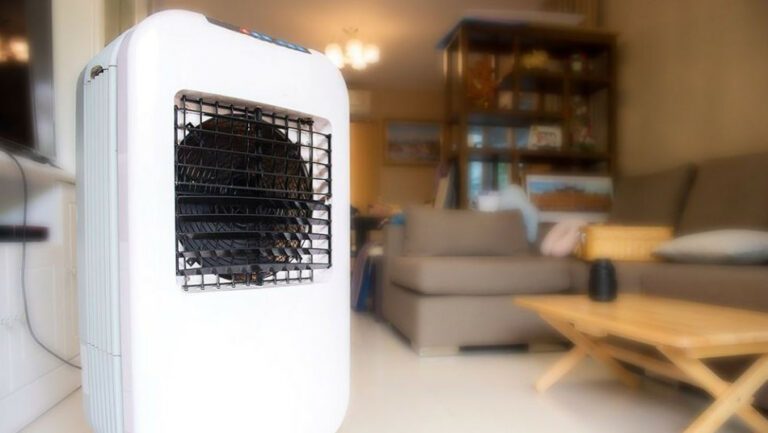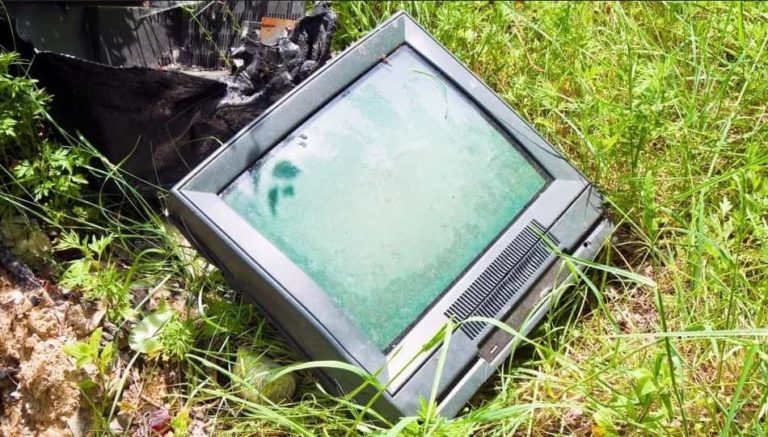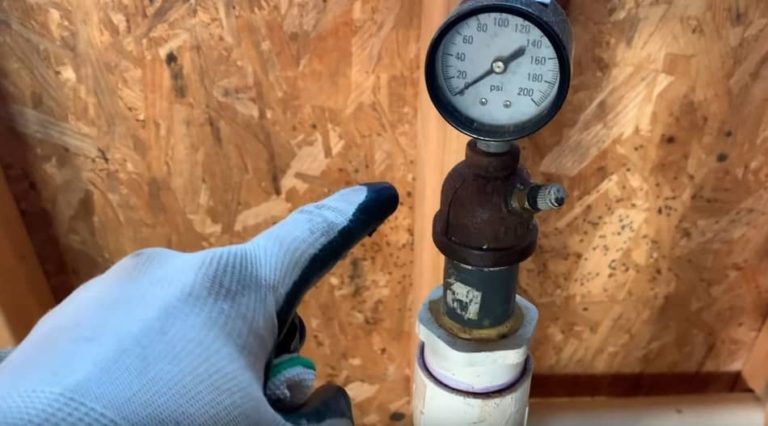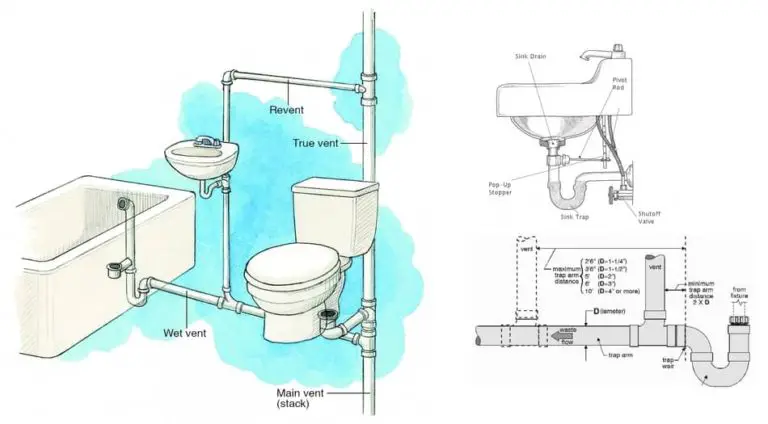Water Heater Expansion Tanks: Plumber Explain
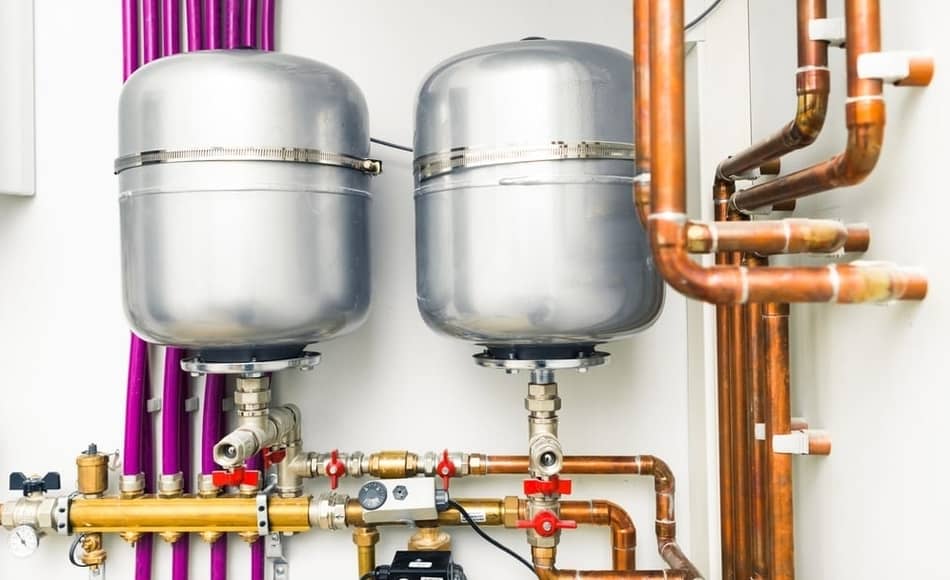
A thermal expansion tank, also known as a water heater expansion tank, is a safety device that main purpose is to protect your home’s piping against thermal expansion. Thermal expansion is the tendency of matter to change its shape, area, volume, and density in response to a change in temperature. While pressure damage from thermal expansion is rarely a worry with water heaters with no tank, it could be an issue if the heater is tank styled.
Thermal expansion tanks’ main duty is to store extra water volume that accumulated due to temperature growth. For example, if a tank holds 50 gallons of cold water, once the water is warmed up, its volume will expand to at least 52 gallons once the water is warmed up.
If the main water heater does not have extra storage space for those additional two gallons, the water won’t be able to fit, which could cause plumbing hazards. This occurrence is called thermal expansion.
Table of Contents
What Is a Water Heater Expansion Tank?
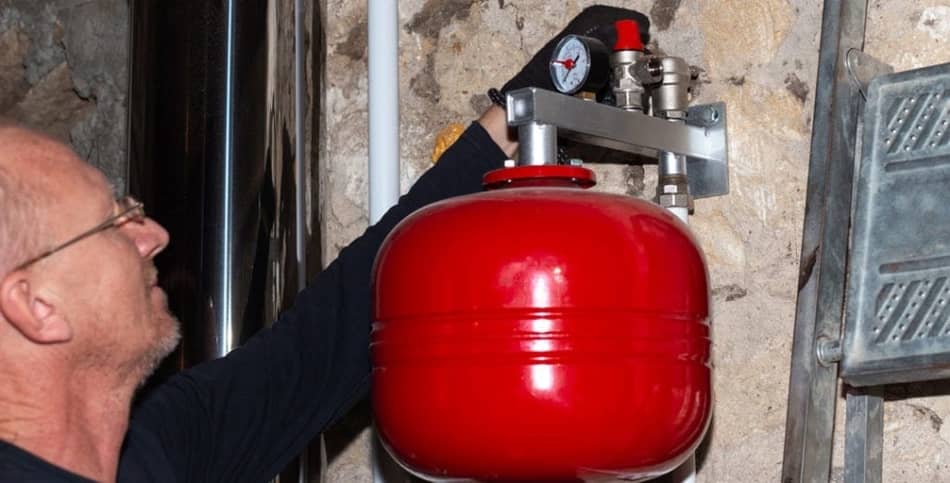
A water heater expansion tank is a tank main purpose is to absorb water and store it in a special bladder to relieve pressure in your water heater. In the olden days, volume expansion at higher temperatures wasn’t an issue because all of the extra water could flow back into the main city water supply.
Nowadays, by the eco-friendly regulations that have been at use for years now, the few extra gallons of water are forbidden to flow back into the city supply. This is to prevent contamination of the public water supply.
Because of this new plumbing system that doesn’t support backflowing, hot-water appliance components such as check valves, backflow preventers, water pipes, and actual water heaters are experiencing needles wear-n-tear when keeping additional water volume inside the heater. Because of wear-n-tear of this sort even pipes break.
If you want to know more about how the home plumbing system works, read Plumbing Vent Diagram: How to Properly Vent Your Pipes.
How a Thermal Expansion Tank Works
A compressed air bladder is placed inside the expansion tank, whose main job is to absorb the extra water by expanding and contracting. When the water in the water heater heats up, it expands, which increases the pressure in the tank and throughout the whole plumbing system. Rather than allowing the pressure to rise, the extra water flows into the expansion tank.
The water in the thermal expansion tank is then released back into the hot water system when a faucet in the house opens, or the water cools down because the extension tank only stores the overflowing water.
For a more graphic explanation on this topic watch this video:
The Reason Why Everyone Should Have An Expansion Tank
It’s dangerous to have a water heater with no expansion tank. Even though many boilers lack an expansion tank, we strongly advise you to install one because the pressure in the water tank might grow to unsafe levels as a result of overflowing hot water, causing the components to fail.
Additionally, the overflowing hot water, as you might expect, can seep out of the T&P Valve, causing considerable water damage. This way your pipes, appliances, and water heater will stay safe.
Even if no specific components break and no leaks appear, going without an expansion tank can have harmful implications such as reduced heater’s service life, as well as the components wearing out sooner than intended.
How To Find the Right Water Heater Expansion Tank?
What Is Proper Size For An Expansion Tank?
Placing expansion tanks has become not just recommended but mandatory in many places. Finding the proper size and shape for your water heater is also important because there is no universally made model of expansion tanks.
Selecting the correct water heater size is quite simple, especially with this short guide. Here are the two main factors to pay attention to:
- Water Heater Capacity – you can find this information on the manufacturing label affixed to your water heater.
- Household Water Pressure – HWP is measured with a gauge and expressed in psi’s which is an abbreviation for pounds per square inch. A gauge is a measuring instrument that’s usually attached to the faucet when measuring pressure. Its best to measure multiple times during a 24-hour span, with the water running, to get the most precise information. If this seems too complex for you, you can just call your water company and either get them to find out the pressure number or advice on how to simplify the measuring process. The ideal water pressure amounts somewhere around 50 to 60 psi, which means if its above that, you need a pressure recuing valve. People especially get it if their water pressure is over 80 psi.
General Guidelines for Sizing an Expansion Tank
The chart you can see below this text showcases the proper expansion tank sizes based on the type of water heater you own with an assumption that the temperature is set to around 150 degrees.
| Water Heater Capacity | Supply Pressure (PSI) | Expansion Tank Size |
|---|---|---|
| 40 to 60-gallon | 40-50 psi | 2-gallon |
| 40 to 60-gallon | 60-80 psi | 3. 2-gallon |
| 80-gallon | 40 psi | 2-gallon |
| 80-gallon | 50-60 psi | 3.2-gallon |
| 80-gallon | 80 psi | 4.4-gallon |
If, by any chance, your water heater doesn’t fall into any of the listed categories, try contacting a professional. He will be able to make the necessary calculations and installments.
What If the Expansion Tank is the Wrong Size?
It’s critical to have the proper size thermal expansion tank, but if in doubt, it’s better to go bigger than smaller. Even if the expansion tank doesn’t fit your system because it is too big, it will be able to manage the excess water safely. A tank that is too small, on the other hand, can cause the thermal release valve to open, releasing the excess pressure.
How to Install An Expansion Tank
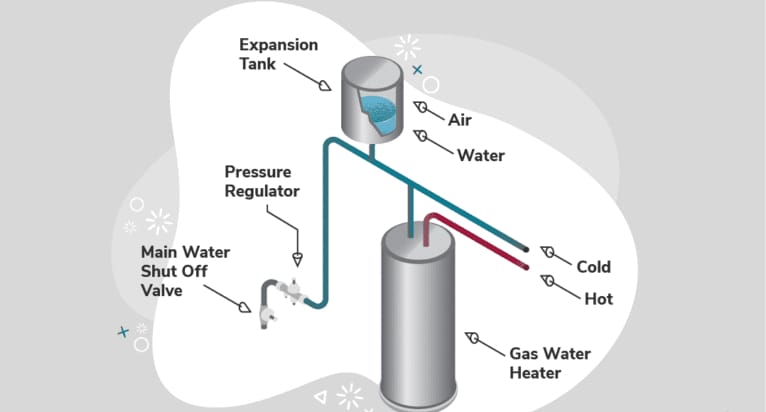
You should be able to install the expansion tank yourself if you have some mechanical ability and enjoy tackling DIY projects. If you do not, you can always hire an expert to complete the task for you.
Installing an Expansion Tank
- Using a pressure gauge, determine your household water pressure as mentioned in the paragraph above. If the pressure amounts to more than 80 psi, you should install a pressure decreasing valve.
- Use a tire gauge to check the air pressure in the expansion tank.
- Match the expansion tank’s air pressure to the maximum domestic water pressure. Instead of using an air compressor, use a hand pump.
- Connect the tank to the cold-water supply line (see the video for details).
- Open the faucet and let it run until a continuous and steady flow of water emerges. This will allow any potential trapped air in the tank to escape.
Watch the video for a more graphic review of the steps you should follow:
How to Maintain an Expansion Tank
To achieve optimum performance, water heater expansion tanks must be maintained on a regular basis. Routine maintenance should be performed annually by you or a licensed professional.
Importance of Regular Maintenance For an Expansion Tank
Expansion tanks have an interior bladder that divides the air from the water. The bladder will leak air due to the process of diffusion. The leak can occur at a 1 psi per year rate, which is sufficient to make an impact in just 12 months.
The expansion tank may fill with water and not drain correctly if the internal bladder ruptures. Whenever this happens, you’ll need to buy a new enlargement tank because the bladder can’t be repaired once torn. A thermal expansion tank has got a 6-year average lifespan, assuming it was properly installed.
Checking the Bladder
We’ll show you an easier technique on how to check the bladder. However, if you do prefer to hire a pro to inspect your expansion tank, he will follow these steps as well:
- Turn off the water supply to your home and open a faucet to relieve the pressure.
- Attach a tire pressure gauge to the valve stem on the expansion tank by removing the cap. The pressure should be greater than 75 pounds per square inch.
- The expansion tank has failed if there is no air pressure within the tank. It will have to be rebuilt from scratch.
- You’ll need to examine the exact water pressure if there’s any pressure inside of the tank.
- Water pressure and expansion tank pressure should be almost identical. If it’s not the same, you’ll have to add air to the expansion tank with a hand pump.
To quickly and easy inspect your tank, simply press the Schrader valve on the outside of the tank. When you press down on the valve, air will hiss out, indicating that the bladder is in functioning order. If, on the other hand, water is flowing out, your bladder has very much certainly ruptured, and you’ll need to get it replaced.
Checking the PSI
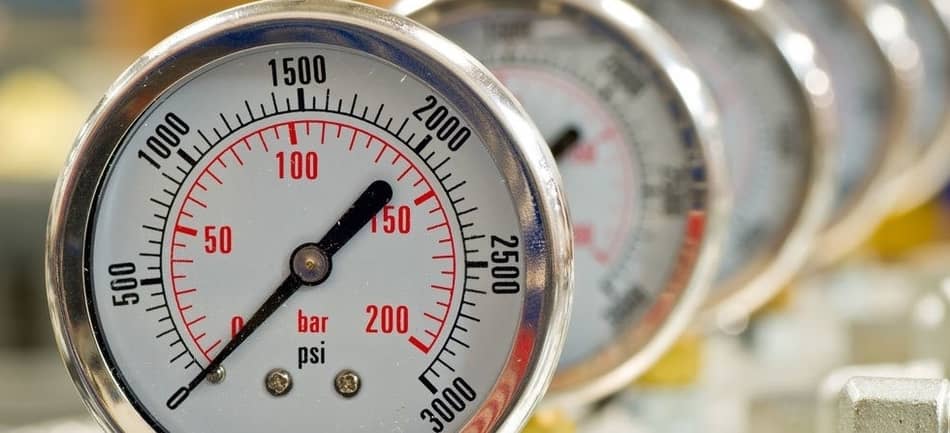
Once you ensured that the bladder is in good working order, you should check the psi pressure in the tank. The correct pressure for your tank can be found in the owner’s manual. You might wish to scribble down the number on the tank so you don’t have to keep looking it up every time you might need it.
You should record the readings by using a tire pressure gauge. If the pressure is too high, simply release some air by pulling down on the valve until it releases an adequate amount of air and if the pressure is too low use a tire pump to restore the air. When adding air, we strongly advise using a hand pump rather than an air compressor to avoid causing a rapture in the bladder.
Make sure to also read How To Pressure Test Plumbing With Air.
To get an even better idea, watch this video:
FAQ: People Also Ask
Is an expansion tank necessary on a water heater?
If you have a ‘closed-loop system’ with any type of check or pressure regulating valve that’s placed on your house’s water supply line, an expansion tank is always strongly suggested.
How often should a water heater expansion tank be replaced?
Tanks mostly last their users somewhere from five to ten years on average. If you want to extend the expansion tanks durability, ensure that the water pressure in your home matches the air pressure in your expansion tank.
Can an expansion tank explode?
It might sound shocking, but the tank could blow up due to thermal expansion! In an “open” system, a conventional hot water heater includes just a temperature and pressure (T&P) valve to protect the hot water heater from bursting, while the “closed” system includes the tank that provides a location for the hot water to go to.
Can you install expansion tank upside down?
Tanks for expansion can be positioned in any direction. The expansion tank will work well regardless of how its oriented. It could be placed vertically, diagonally or upside down. None of the options will cause issues. The only thing you should pay attention to is to support the tank if you are installing the extension in an unusual position.
Final Thoughts
Now that you have seen why water heater expansion tanks are important, you can understand their role much better. If you have any other questions, feel free to ask us.


